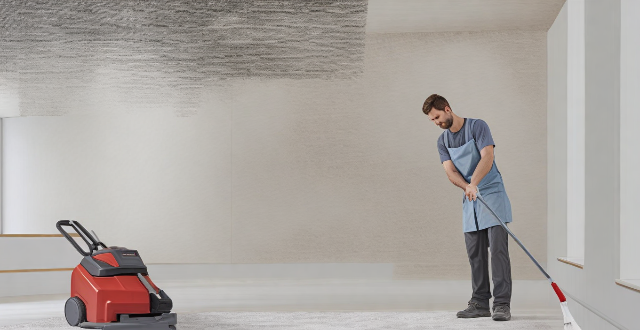Maintaining and Troubleshooting a DC Brushed Motor involves regular cleaning, lubrication, brush replacement, heat management, and monitoring voltage and current. Troubleshooting steps include checking for no power, reduced performance, excessive heat, vibration or noise, sparking, intermittent operation, and smoke or burning smell. Proper maintenance and troubleshooting can prolong the lifespan and ensure reliable operation of the motor.

Maintaining and Troubleshooting a DC Brushed Motor
Maintenance Tips
1. Regular Cleaning: Periodically clean the motor to remove dust, dirt, and debris that can accumulate over time. Use a soft cloth or compressed air to gently clean the exterior of the motor.
2. Lubrication: Check the manufacturer's instructions for lubrication recommendations. Some DC brushed motors require lubrication of the bearings to ensure smooth operation and prevent premature wear.
3. Brush Replacement: Brushes are prone to wear and tear due to friction against the commutator. Inspect the brushes regularly and replace them if they appear worn down or damaged.
4. Heat Management: Ensure proper heat dissipation by providing adequate ventilation around the motor. Overheating can reduce the lifespan of the motor and affect its performance.
5. Voltage and Current Monitoring: Keep an eye on the voltage and current supplied to the motor. Excessive voltage or current can cause damage to the motor components.
Troubleshooting Steps
1. No Power: If the motor fails to start, first check the power source and connections. Ensure that the motor is receiving the correct voltage and current.
2. Reduced Performance: If the motor runs slower or with less torque than expected, it could be due to worn brushes, excessive load, or insufficient power supply. Inspect the brushes and connections, and adjust the load or power supply accordingly.
3. Excessive Heat: Overheating can be caused by inadequate cooling, excessive load, or a faulty component such as a shorted winding. Check for proper ventilation, reduce the load if necessary, and inspect for any damaged components.
4. Vibration or Noise: Unusual vibrations or noises may indicate a problem with the bearings, unbalanced rotor, or misalignment. Check for loose parts, worn bearings, or any visible damage to the rotor.
5. Sparking: Sparking between the brushes and commutator can be normal to some extent but excessive sparking indicates issues such as worn brushes, dirty commutator, or improper brush alignment. Clean the commutator and inspect/replace the brushes if necessary.
6. Intermittent Operation: If the motor starts and stops randomly, it could be due to a faulty switch, poor connection, or a problem with the control circuitry. Inspect all connections and wiring for damage or corrosion, and test the switch for proper operation.
7. Smoke or Burning Smell: If you notice smoke or a burning smell coming from the motor, immediately turn off the power and inspect for any visible signs of damage. This could indicate a severe issue such as a short circuit or overheating that requires professional repair or replacement.
By following these maintenance tips and troubleshooting steps, you can help prolong the lifespan of your DC brushed motor and ensure its reliable operation.